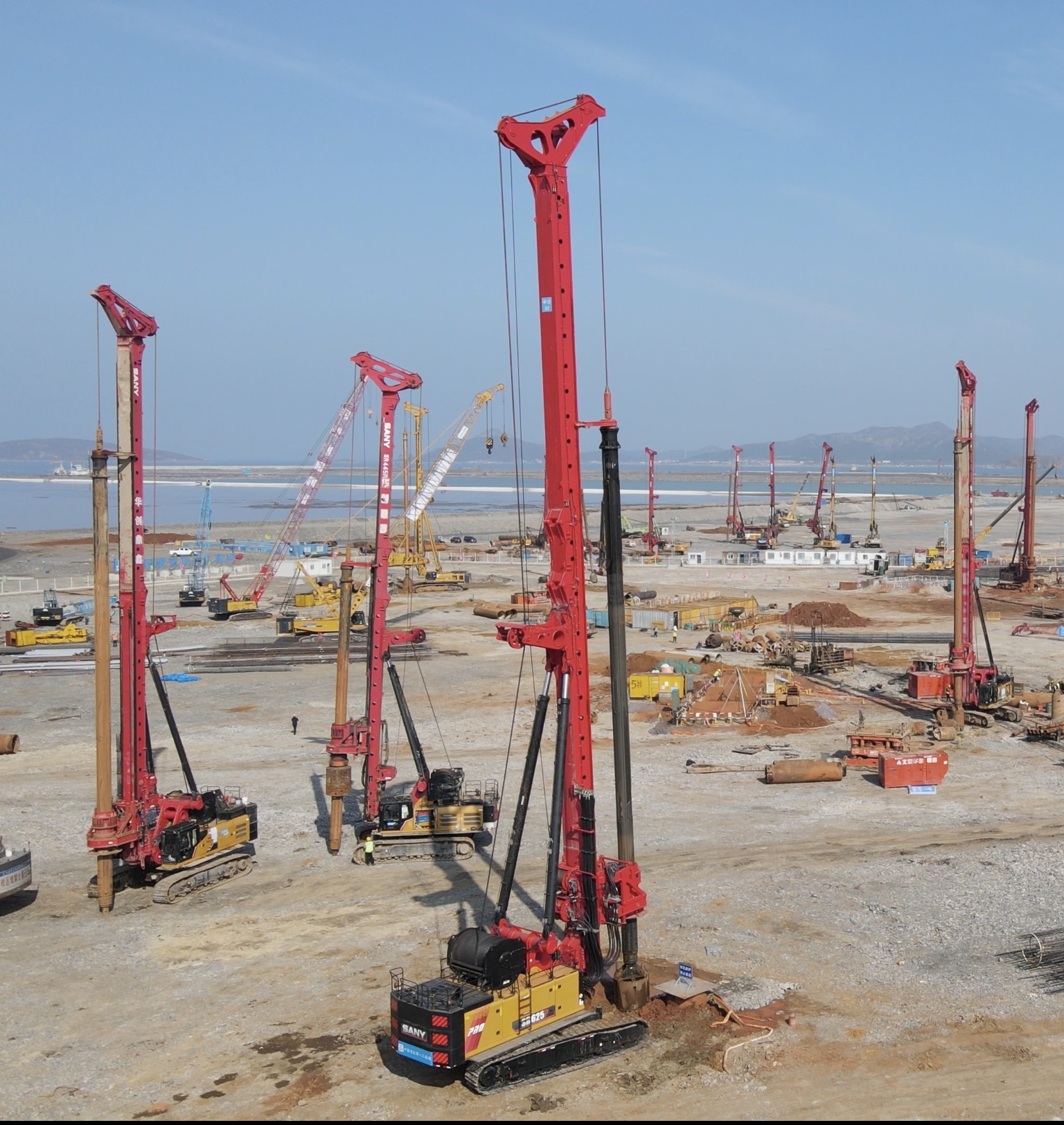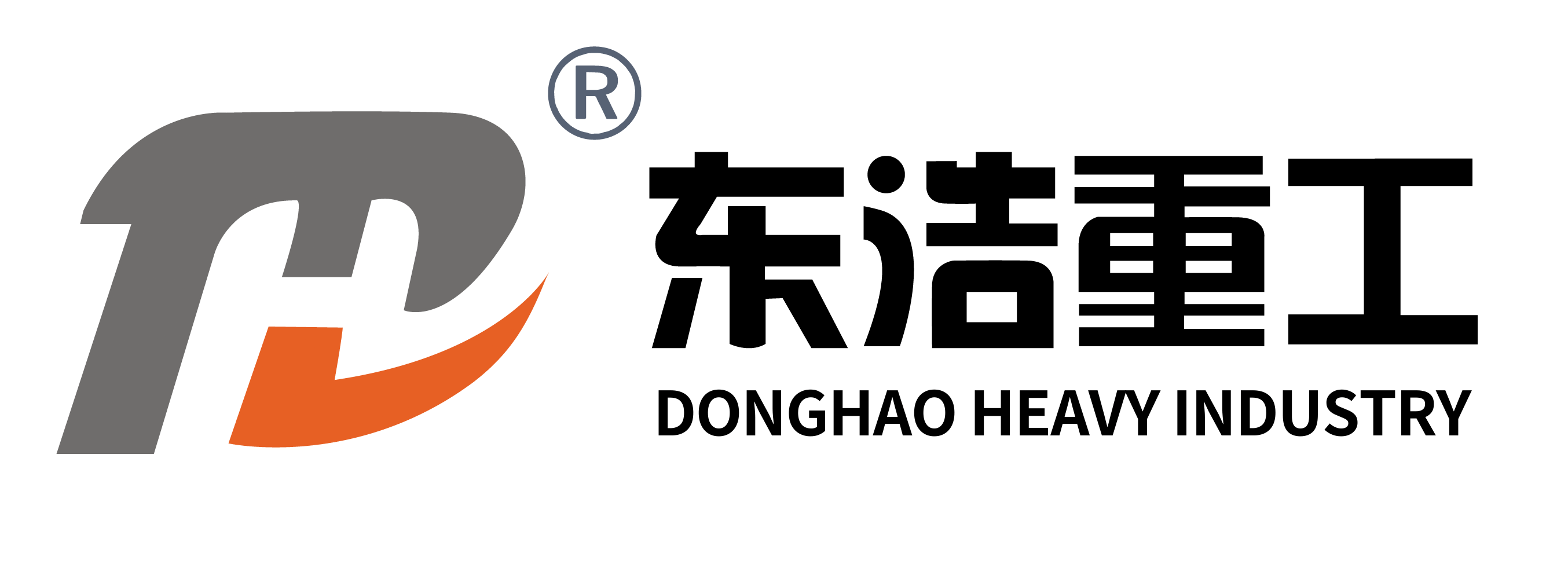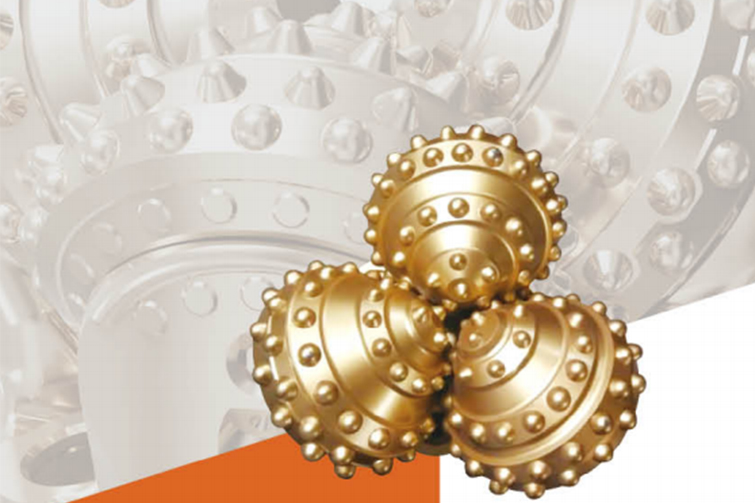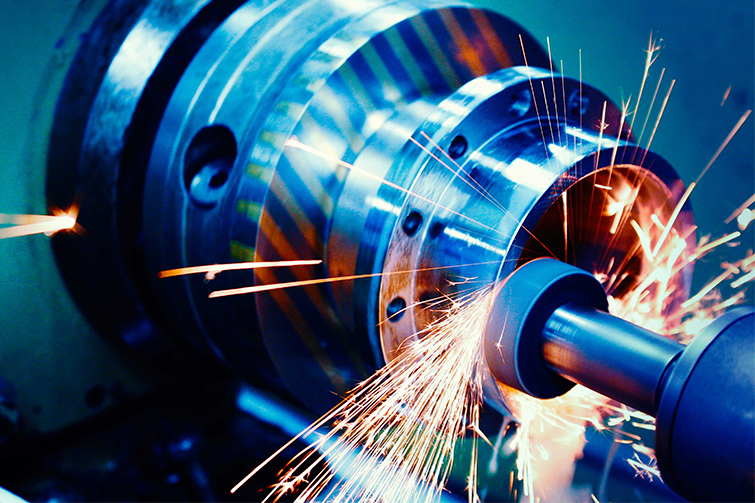

Advanced Drilling Equipment: Enhancing Efficiency and Profitability in Modern Construction

Introduction to Drilling Equipment
Drilling equipment is essential in construction for tasks like foundation laying, tunneling, and resource extraction. Modern advancements have transformed these tools from basic mechanical devices to sophisticated systems integrating automation and data analytics. In my research and fieldwork, I've observed how high-performance drills reduce project timelines by up to 30%, directly cutting labor costs and minimizing delays. For instance, in a recent urban infrastructure project, the use of automated drilling rigs allowed for precise borehole execution in congested areas, showcasing the blend of technical prowess and economic benefits.
Technical Details of Advanced Drilling Systems
Advanced drilling equipment incorporates technologies such as hydraulic systems, real-time monitoring sensors, and computer-aided design (CAD) integration. Key parameters include torque ratings up to 50,000 Nm and drilling depths exceeding 100 meters, depending on the application. For example, in geotechnical engineering, rotary drills with diamond-tipped bits achieve superior penetration in hard rock formations, while down-the-hole hammers are preferred for softer soils. These systems often feature remote operation capabilities, reducing human error and enhancing safety. In a case study from a mining project, the implementation of GPS-guided drills improved accuracy by 15%, leading to fewer reworks and material savings.
Business Value and Cost-Benefit Analysis
The commercial advantages of investing in high-end drilling equipment are substantial. By improving efficiency, companies can achieve faster project completion, which translates to higher client satisfaction and repeat business. For instance, a construction firm that upgraded to electric drilling rigs reported a 25% reduction in energy costs and a 20% increase in equipment lifespan due to reduced wear and tear. Moreover, predictive maintenance features in modern drills help avoid unexpected downtimes, saving an average of $50,000 annually in maintenance expenses. This aligns with broader industry trends where sustainability and cost-effectiveness drive equipment selection, ultimately boosting profit margins by 10-15% in competitive bids.
Common Questions
What are the key factors to consider when selecting drilling equipment for a project?
Factors include soil type, depth requirements, and budget constraints. For hard rock, opt for high-torque rotary drills; in urban settings, noise-reduced electric models are preferable to comply with regulations.
How does advanced drilling equipment impact environmental sustainability?
It reduces carbon emissions through electric options and minimizes site disturbance with precise drilling, aiding in compliance with green building standards and enhancing corporate social responsibility profiles.








